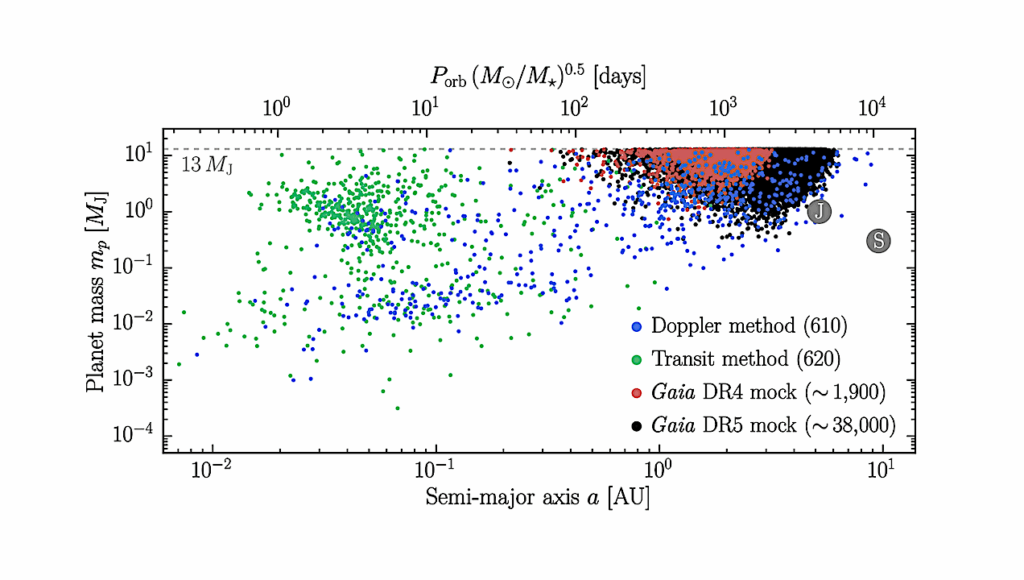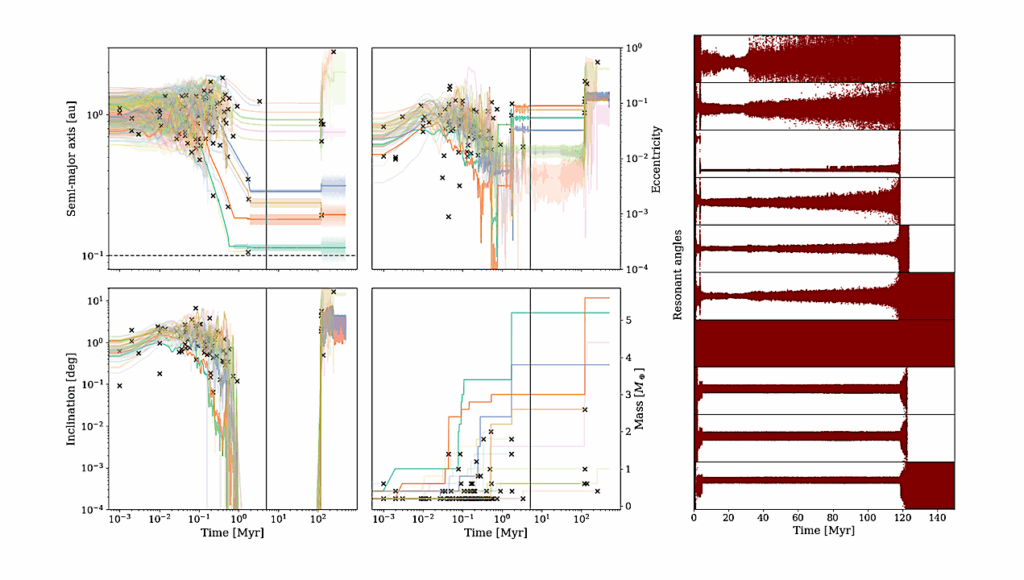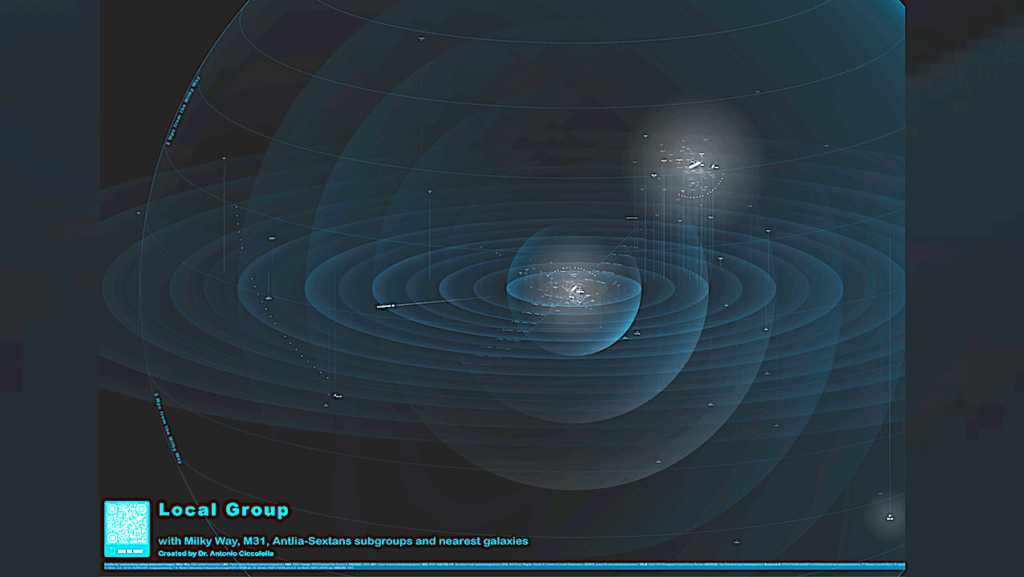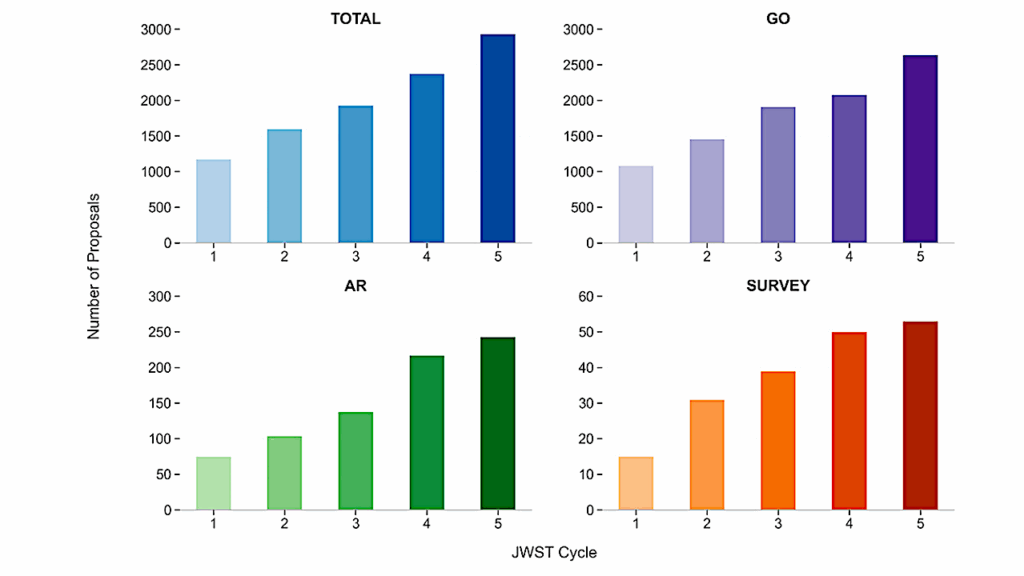Tidally Heated Exomoons Around ε Eridani b: Observability And Prospects For Characterization

Exomoons are expected to orbit gas giant exoplanets just as moons orbit solar system planets. Tidal heating is present in solar system satellites and it can heat up their interior depending on their orbital and interior properties.
We aim to identify a Tidally Heated Exomoon’s (THEM) orbital parameter space that would make it observable in infrared wavelengths with MIRI/JWST around ϵ Eridani b. We study the possible constraints on orbital eccentricity and interior properties that a successful THEM detection in infrared wavelengths can bring. We also investigate what exomoon properties need to be independently known in order to place these constraints.
We use a coupled thermal-tidal model to find stable equilibrium points between the tidally produced heat and heat transported within a moon. For the latter, we consider a spherical and radially symmetric satellite with heat being transported via magma advection in a sub-layer of melt (asthenosphere) and convection in the lower mantle.
We incorporate uncertainties in the interior and tidal model parameters to assess the fraction of simulated moons that would be observable with MIRI. We find that a 2RIo THEM orbiting ϵ Eridani b with an eccentricity of 0.02, would need to have a semi-major axis of 4 planetary Roche-radii for 100% of the simulations to produce an observable moon. These values are comparable with the orbital properties of gas giant solar system satellites. We place similar constraints for eccentricities up to 0.1.
We conclude that if the semi-major axis and radius of the moon are known (eg. with exomoon transits), tidal dissipation can constrain the orbital eccentricity and interior properties of the satellite, such as the presence of melt and the thickness of the melt containing sub-layer.
E. Kleisioti, D. Dirkx, M. Rovira-Navarro, M. A. Kenworthy
Subjects: Earth and Planetary Astrophysics (astro-ph.EP)
Cite as: arXiv:2305.03410 [astro-ph.EP] (or arXiv:2305.03410v1 [astro-ph.EP] for this version)
Submission history
From: Evangelia Kleisioti
[v1] Fri, 5 May 2023 10:25:34 UTC (2,546 KB)
https://arxiv.org/abs/2305.03410
Astrobiology, Avatar,








